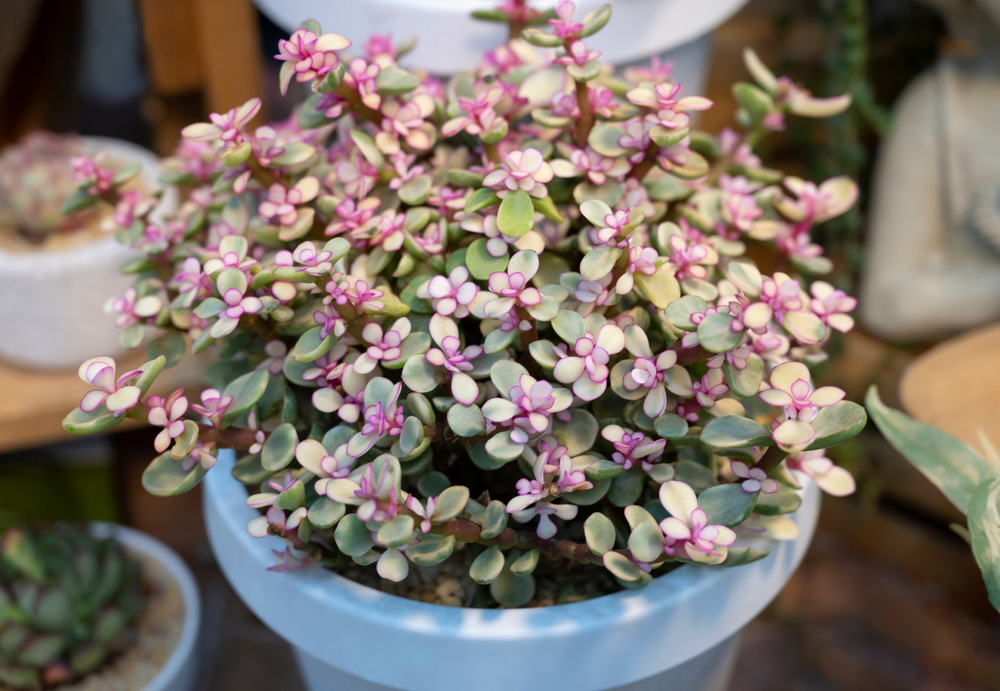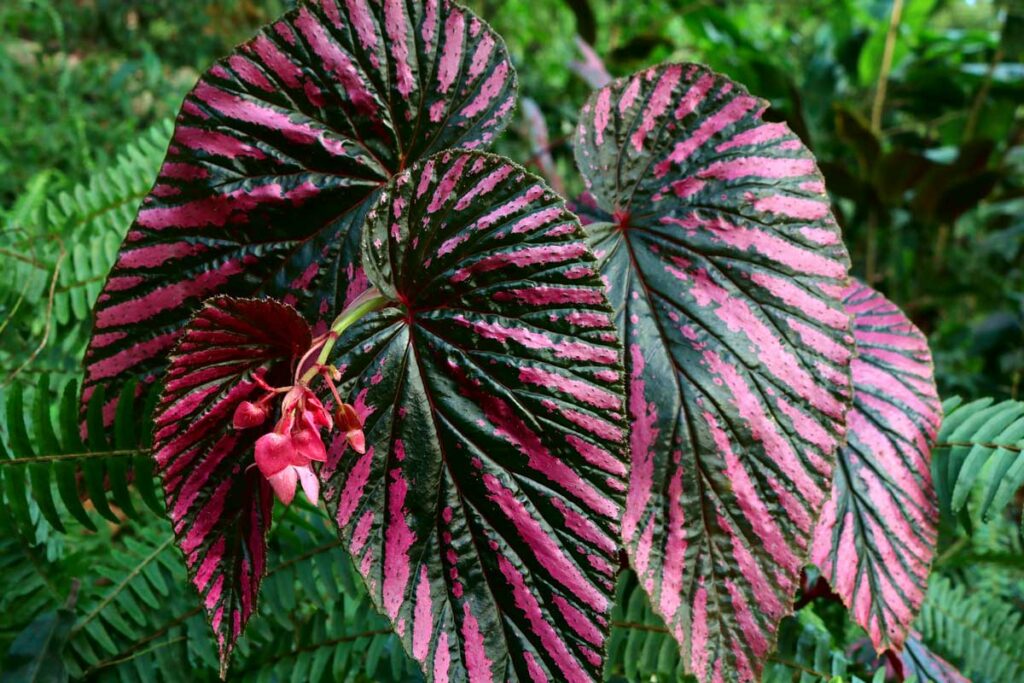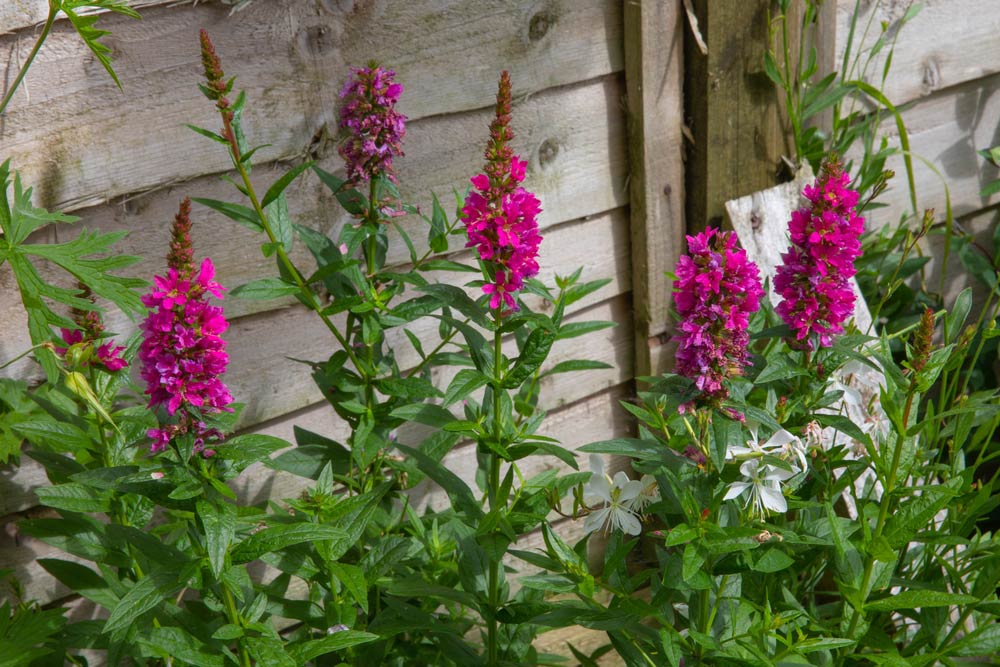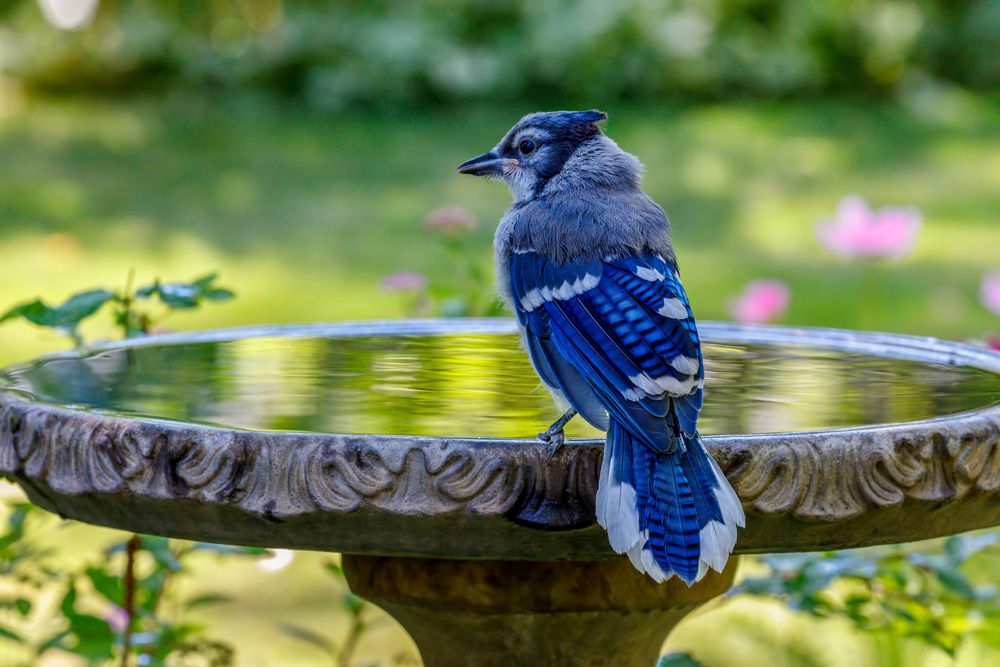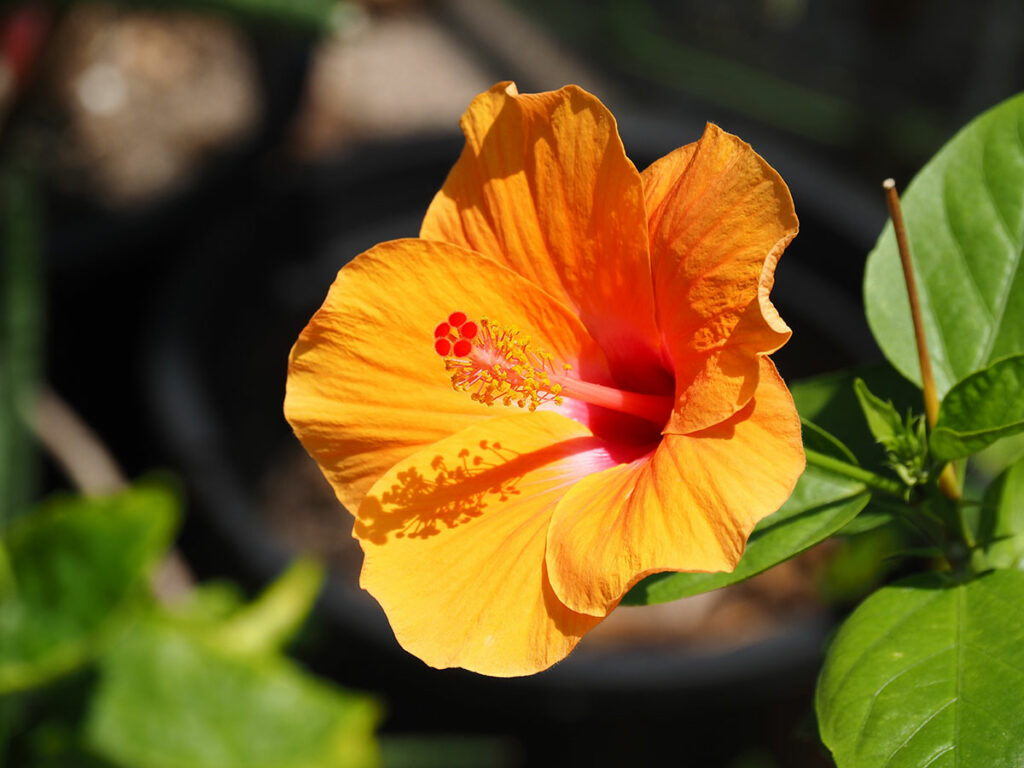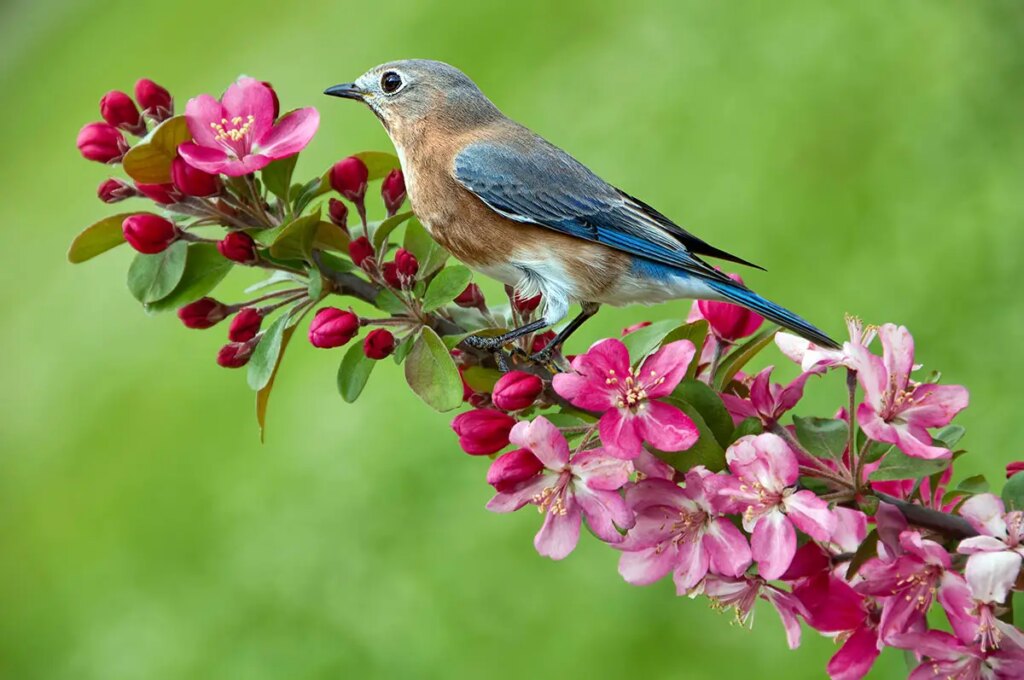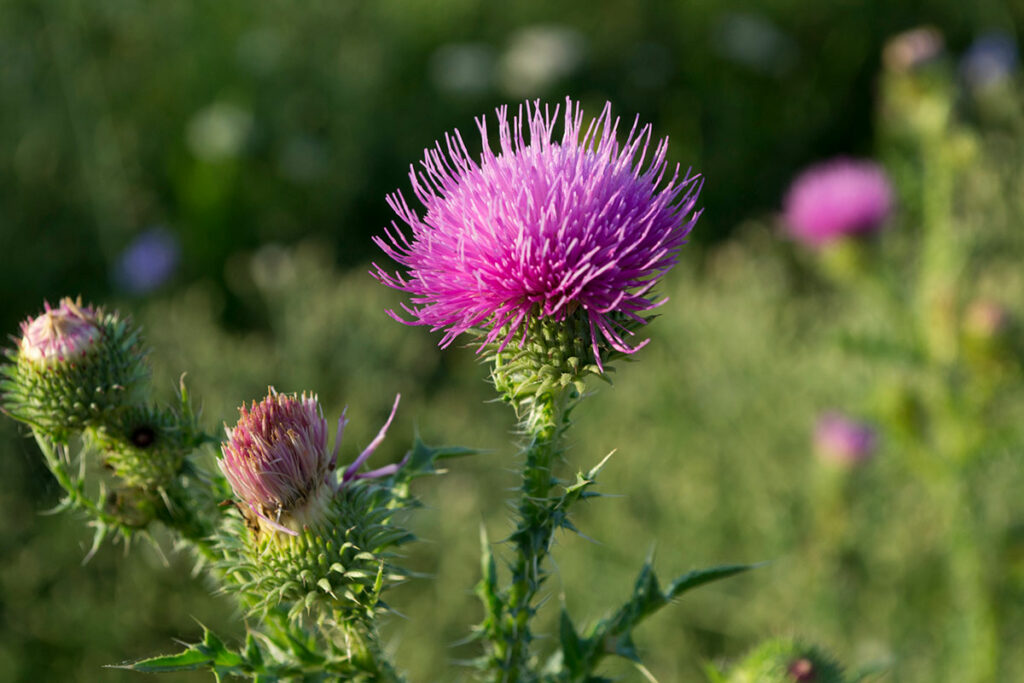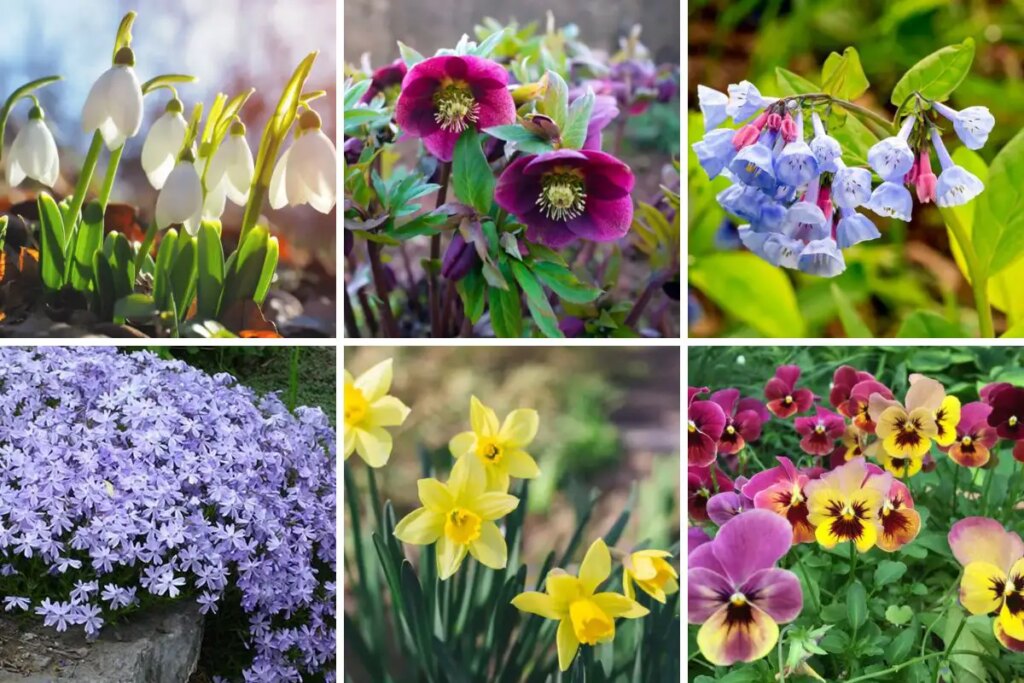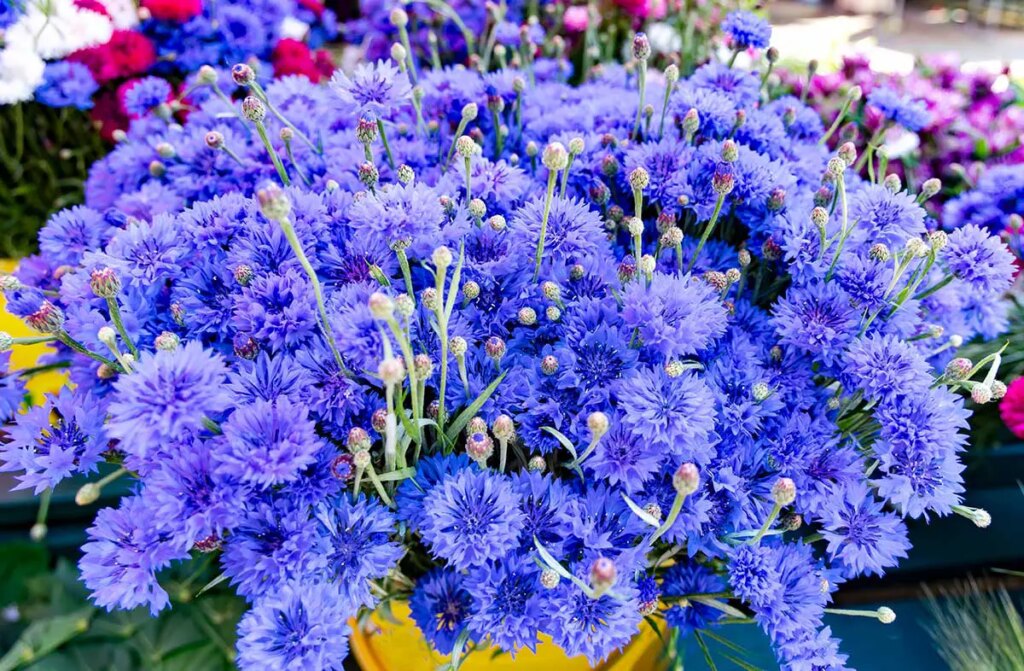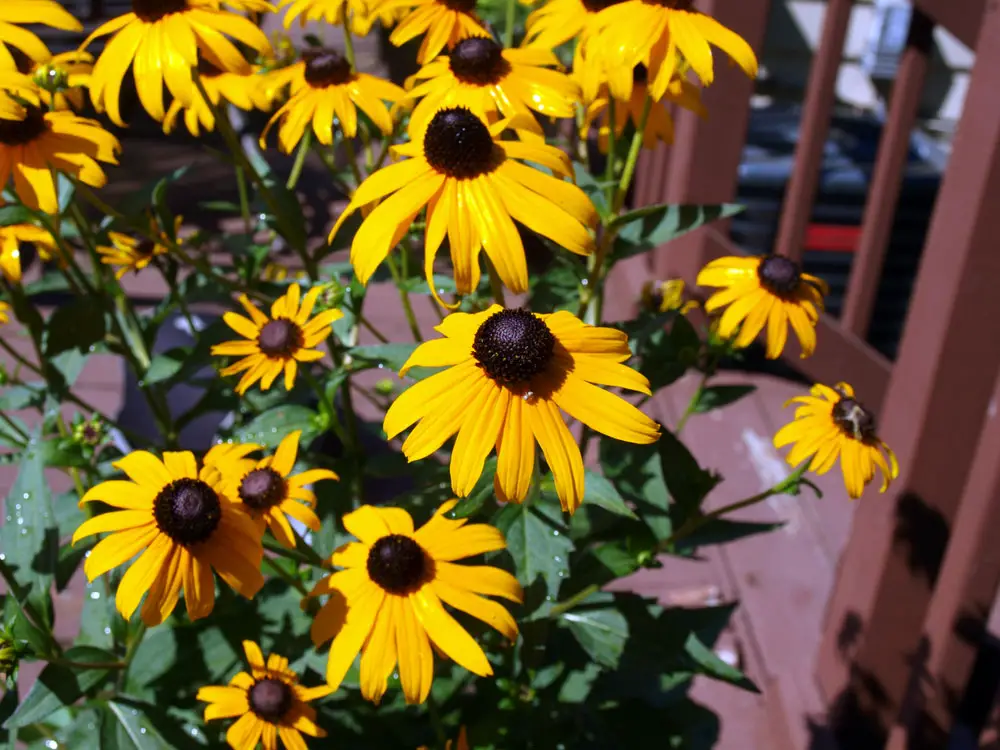
Growing a thriving garden can be a challenge, especially if your soil isn’t in the best shape. It’s common to feel frustrated when traditional plants don’t take root in your garden’s poor soil conditions.
The good news is that there are many resilient plants designed to flourish in less-than-ideal environments.
These hardy plants can bring beauty and life to your garden without the need for constant attention or enrichment of the soil.
Get ready to discover some amazing options that can spruce up your landscape, regardless of soil quality.
1. Aloe Vera
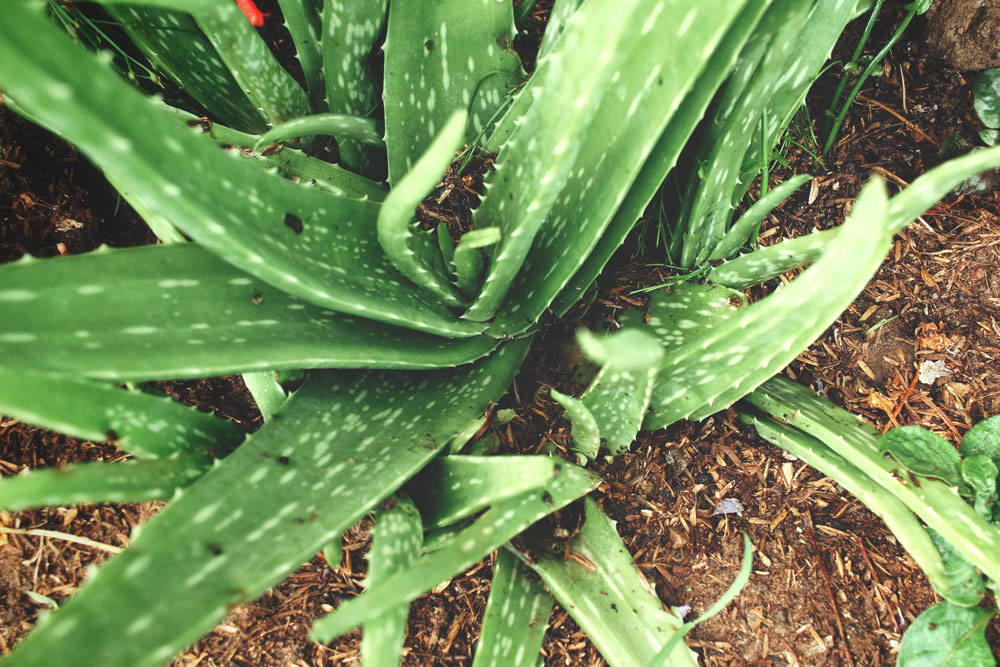
Aloe Vera is a resilient plant that thrives even in poor soil conditions.
You only need to water it sparingly, as it stores water in its thick leaves.
Additionally, Aloe Vera can be a handy plant for its soothing gel, useful for minor burns and skin irritations.
Its low-maintenance nature makes it an ideal choice for beginner gardeners.
2. Lavender
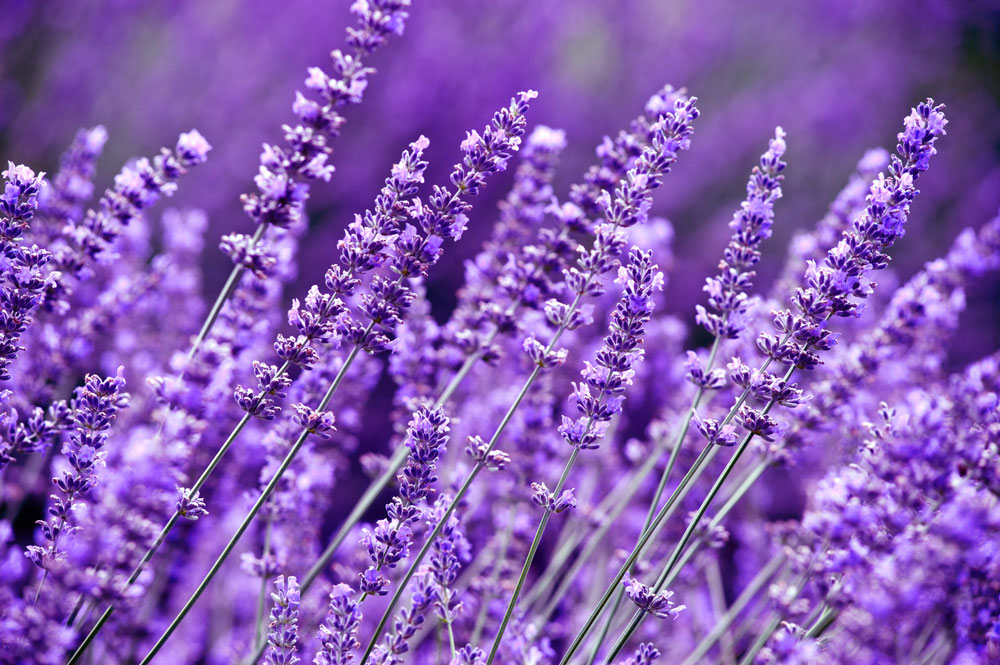
Lavender is a hardy plant that thrives in poor soil conditions. Its fragrant flowers and foliage make it a popular choice for gardens.
You don’t need rich soil to enjoy the beauty of lavender. Well-drained, sandy, or rocky soil works best.
Growing lavender requires minimal maintenance. You can enjoy its delightful scent and lovely purple blooms with little effort.
3. Thyme
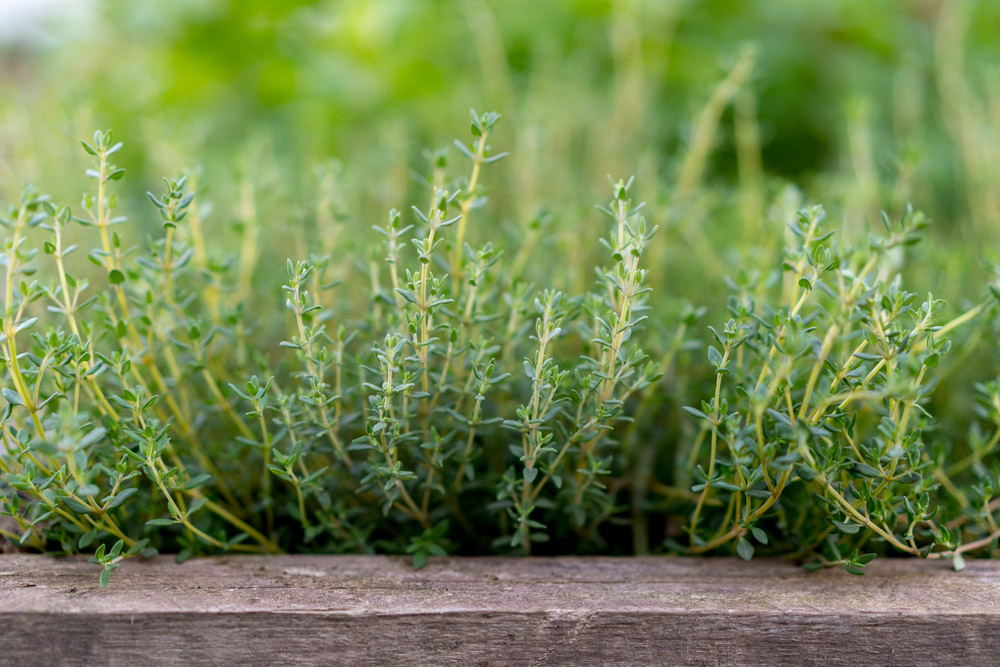
Thyme is a wonderful herb that thrives even in poor soil conditions.
You’ll find it easy to grow because it requires minimal water and care. Just plant it in well-draining soil and give it plenty of sunlight.
This hardy perennial is perfect for adding flavor to your dishes, and its resilience makes it a gardener’s favorite.
4. Sedum
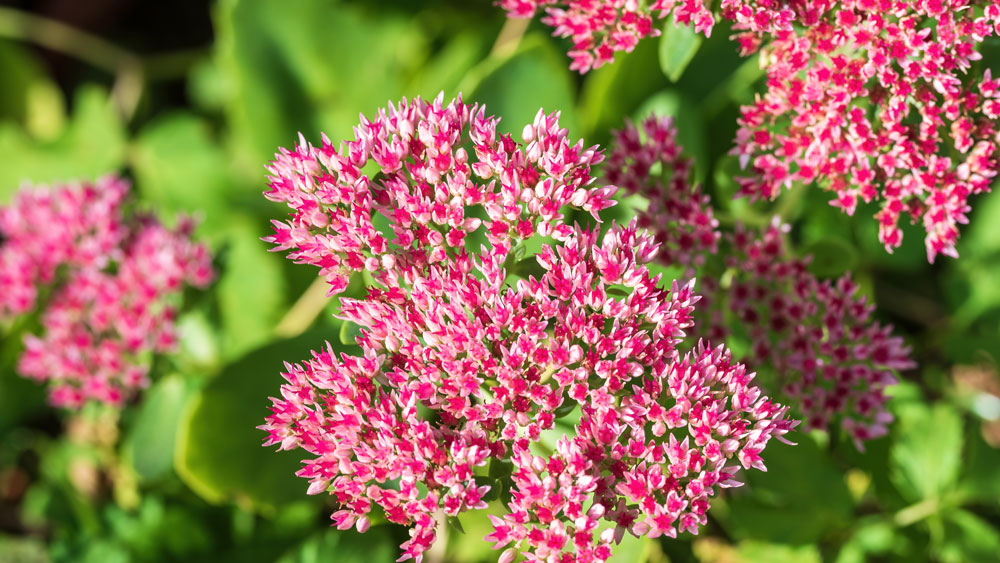
Sedum, also known as stonecrop, thrives in poor soil conditions and requires minimal maintenance.
You might enjoy its succulent leaves and vibrant flowers, which bring color to any garden.
Best of all, Sedum is drought-tolerant, making it an excellent choice for areas with limited water.
It’s a versatile plant that can be used in rock gardens or as ground cover.
5. Yarrow
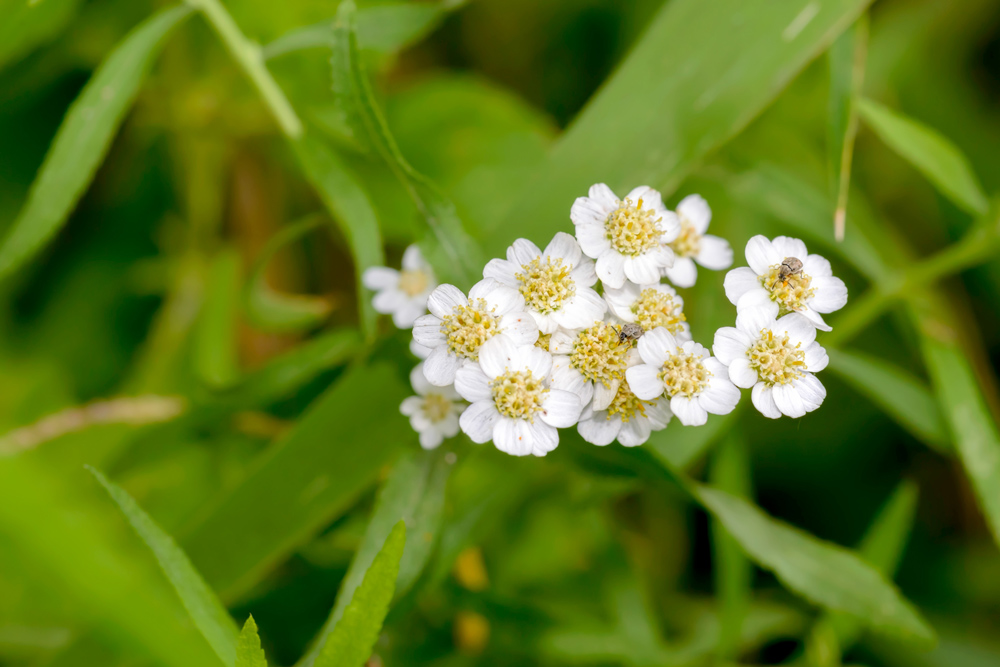
Yarrow is a tough, adaptable plant that can thrive in poor soil conditions. You will appreciate its resilience and beauty.
Its feathery leaves add a unique texture to your garden. Plus, yarrow’s vibrant blooms attract beneficial insects.
You can count on yarrow to bring color and life even in less-than-ideal soil.
6. Coneflower Echinacea
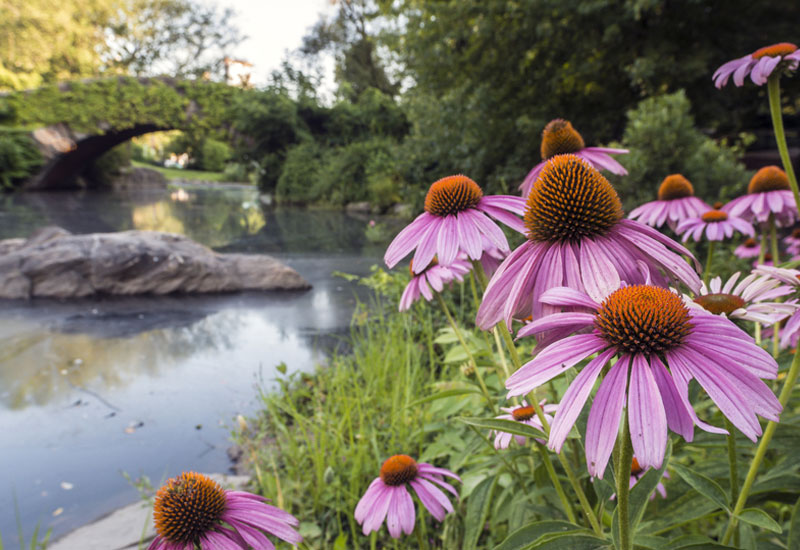
Echinacea, also known as coneflower, is a resilient plant that thrives in poor soil conditions. You will find it easy to care for, as it requires minimal maintenance.
Its beautiful, daisy-like flowers attract butterflies and bees, adding life to your garden. Echinacea is also known for its medicinal properties, often used to boost the immune system.
7. Russian Sage
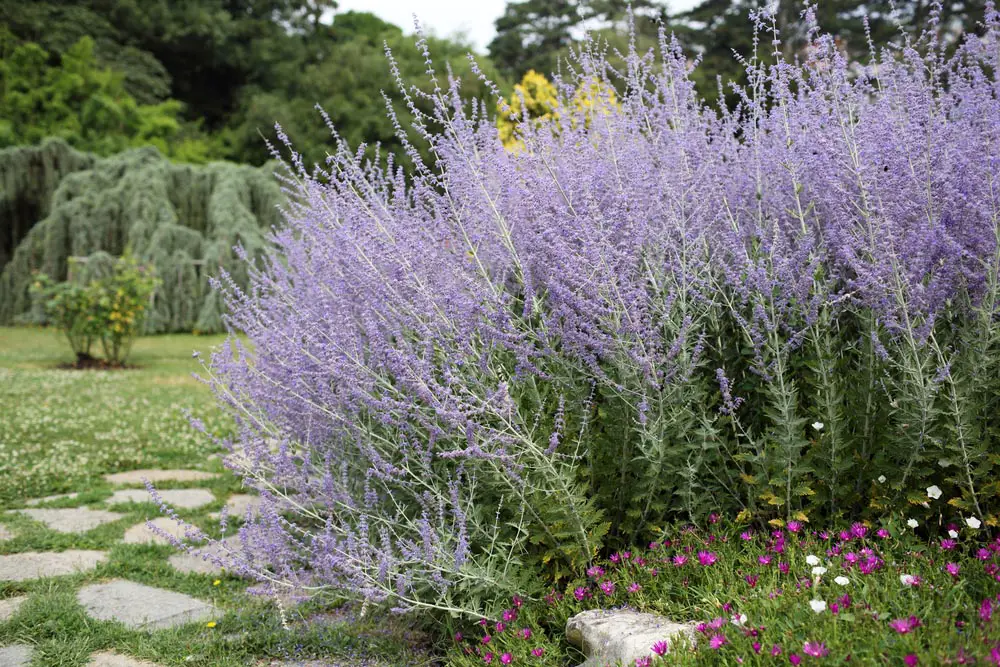
Russian Sage is a resilient plant that thrives in poor soil conditions. It boasts beautiful, lavender-blue flowers and silver-gray foliage.
You’ll appreciate its drought tolerance. This hardy perennial requires minimal maintenance. Plant it in a sunny spot for best results.
Its blooms attract pollinators like bees and butterflies. Enjoy its long blooming season from mid-summer to fall.
8. Black-Eyed Susan
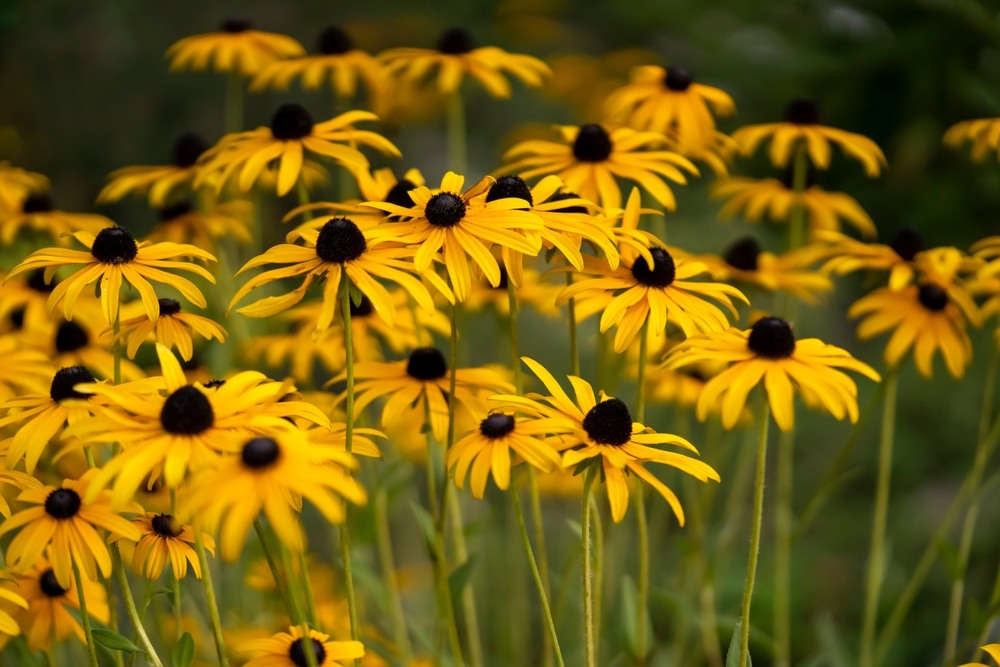
Black-Eyed Susan is a resilient plant that thrives even in poor soil conditions. You’ll find that its bright yellow petals with dark centers add a cheerful touch to any garden.
This low-maintenance plant is drought-tolerant and attracts butterflies. It prefers full sun and can grow well in various soil types, making it a versatile choice for your garden.
9. Catmint
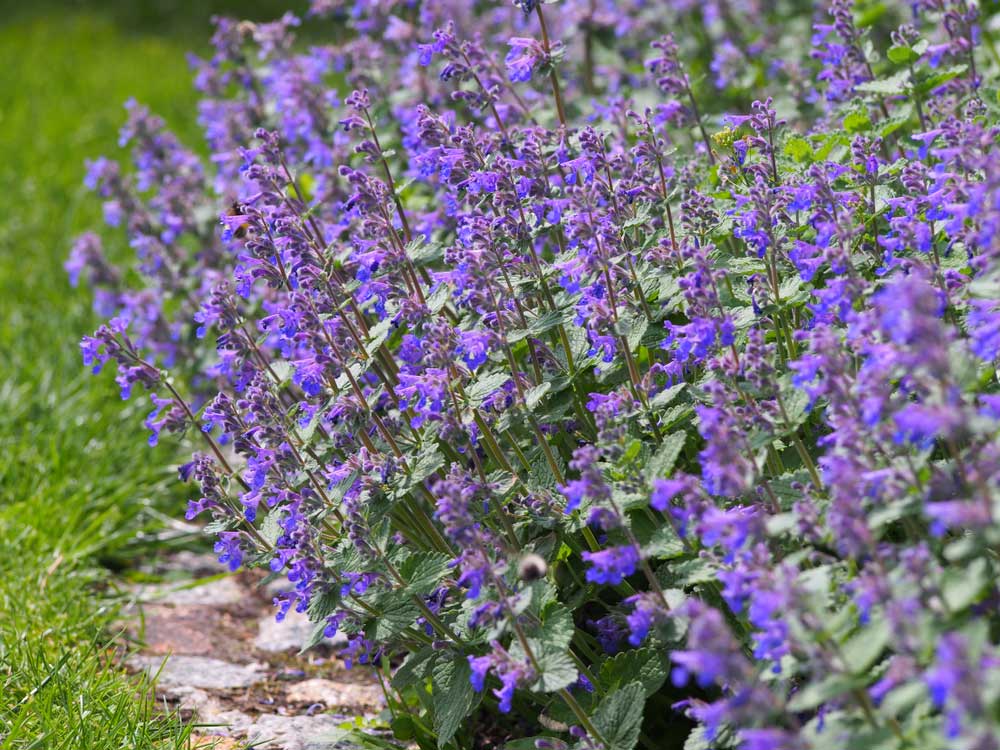
Catmint is a hardy perennial that thrives in poor soil conditions. You’ll love its aromatic, grey-green leaves and its beautiful clusters of lavender-blue flowers.
This plant is drought-tolerant and requires minimal care. You can expect catmint to attract bees and butterflies, adding life to your garden.
Catmint also deters pests, making it a great companion plant.
10. Lamb’s Ear
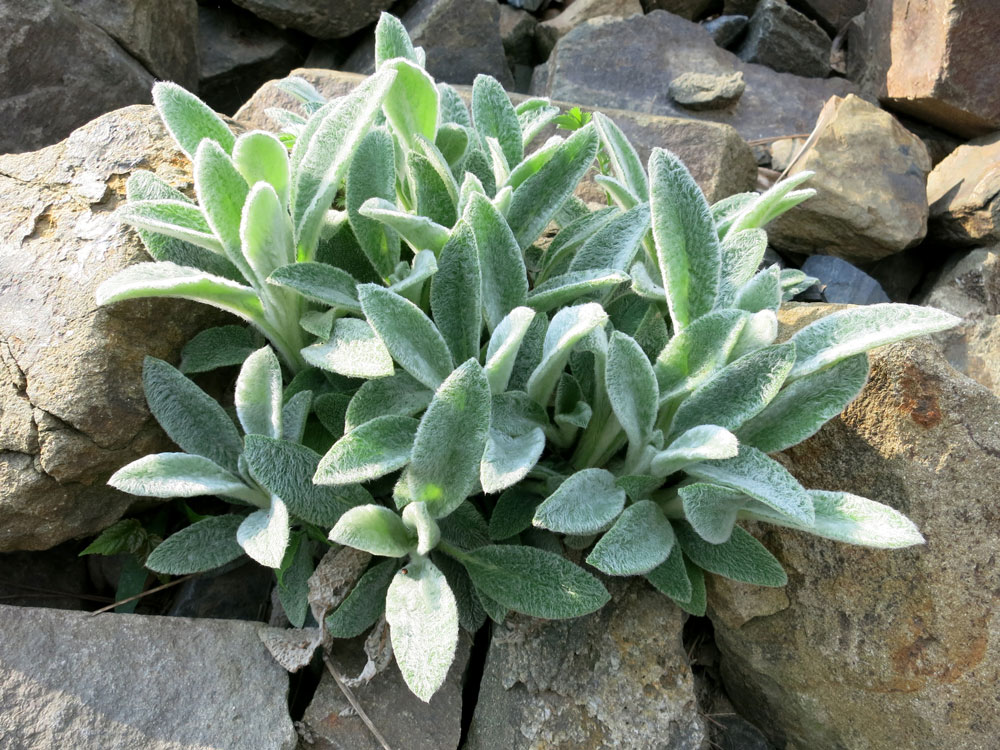
Lamb’s Ear is a fantastic plant for areas with poor soil. Its soft, furry leaves make it a favorite in any garden.
This hardy plant is easy to grow and maintain. You’ll find it thrives in dry, well-drained soil, needing minimal water.
Lamb’s Ear also attracts pollinators like bees, making your garden more lively and colorful.
11. Creeping Thyme
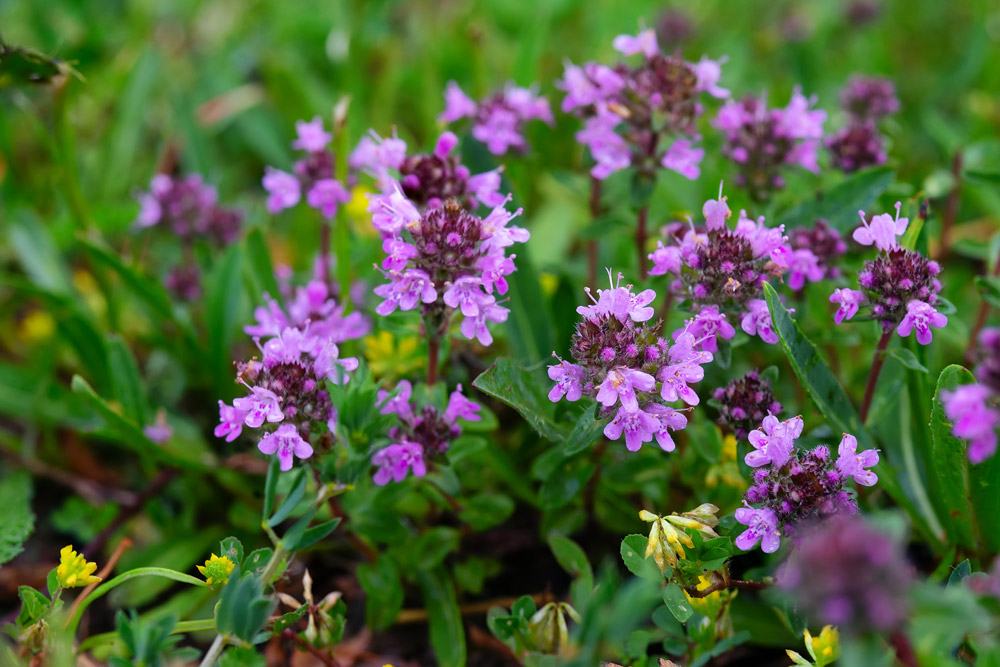
Creeping Thyme is a fantastic plant for poor soil conditions. It spreads quickly and forms a dense mat.
You will love its tiny purple flowers that bloom in summer. This plant is drought-tolerant and requires minimal maintenance.
Simply plant it in a sunny spot, and watch it thrive with ease.
12. Bitterroot
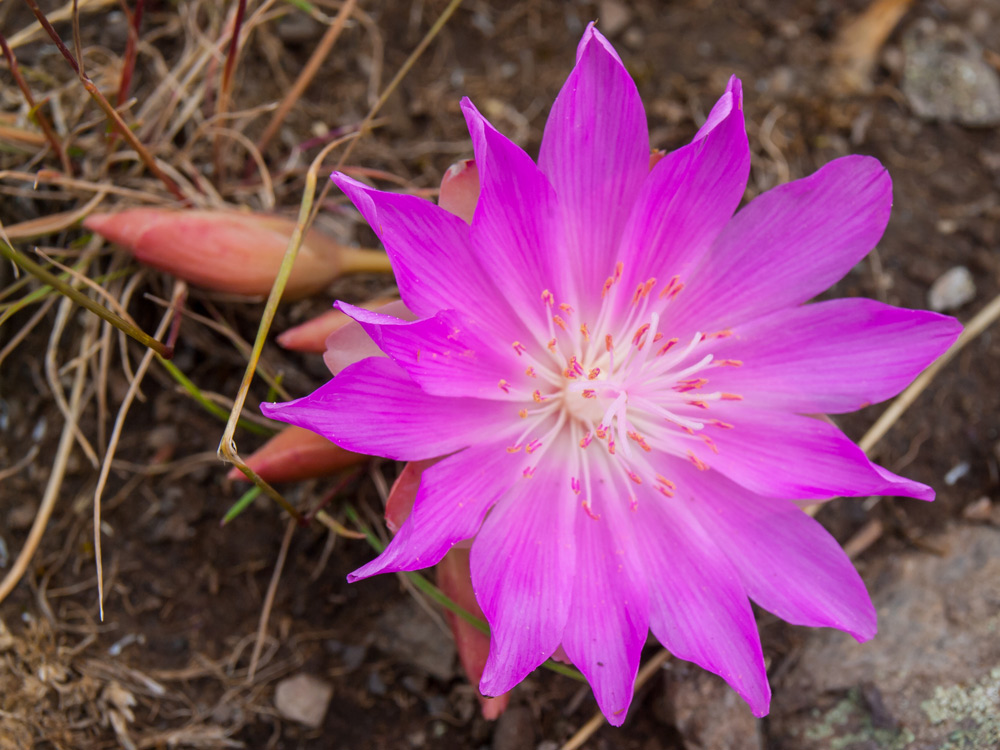
Bitterroot is a tough little plant that’s perfect for poor soil conditions. This perennial is known for its stunning pink or white blooms.
You’ll find it thriving in rocky and dry soil, where other plants struggle. Plus, it’s incredibly low-maintenance, making it a great choice for busy gardeners.
With Bitterroot, your garden can have a splash of color even in the toughest spots.
13. Oxeye Daisy
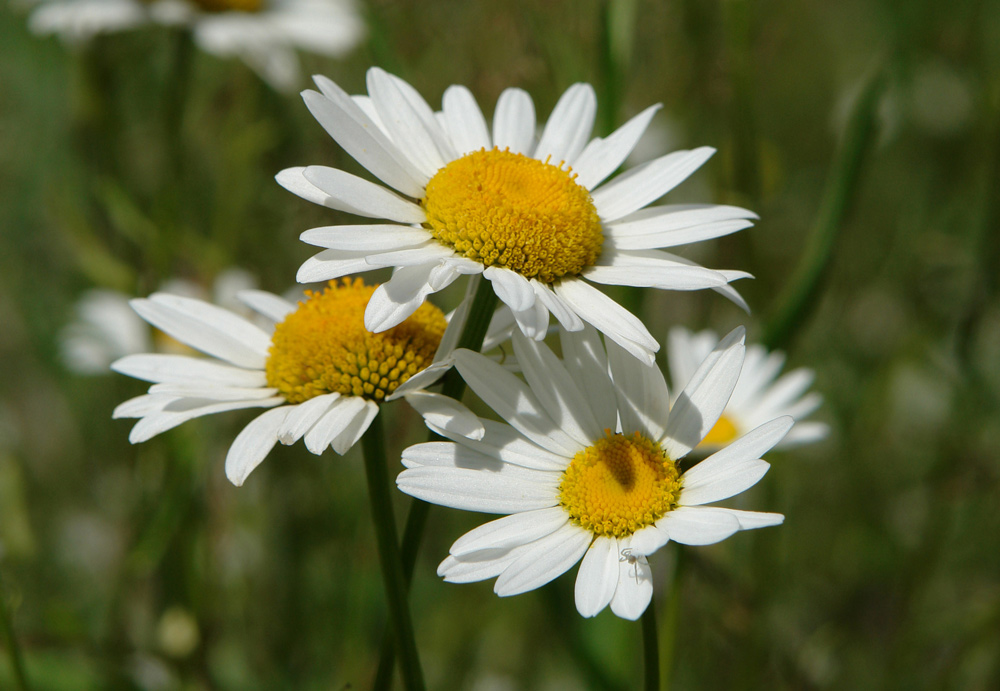
You’ll love the Oxeye Daisy because it’s a cheerful, hardy plant that thrives in poor soil conditions. This perennial features bright white petals surrounding a sunny yellow center.
Oxeye Daisies are drought-tolerant and require minimal care. Plant them in full sunlight, and they’ll reward you with beautiful blooms from May to September. These flowers are perfect for adding a splash of color to your garden.
14. Blue Fescue
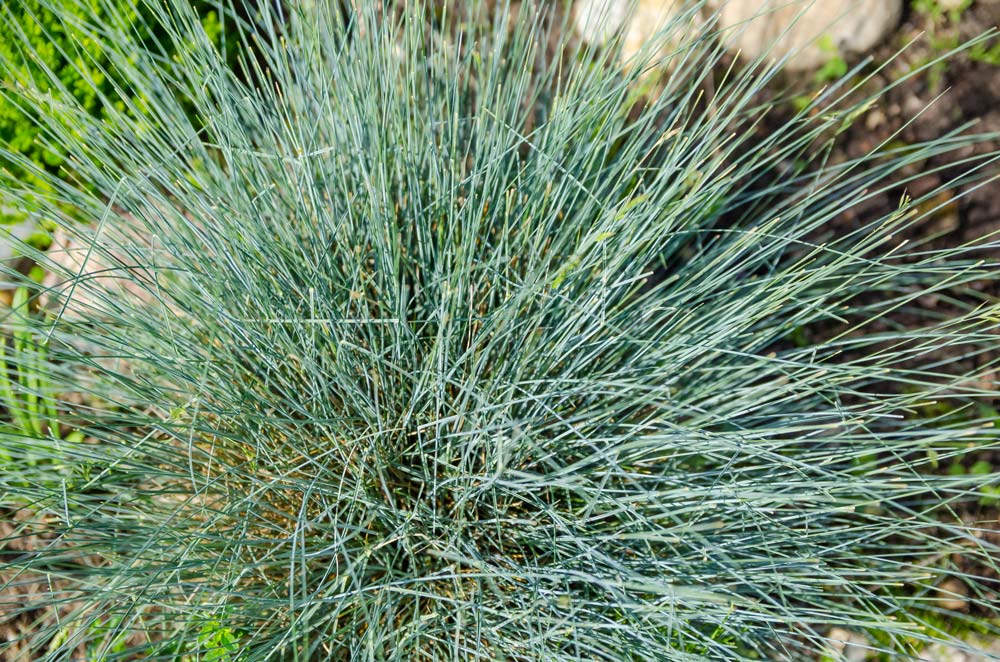
Blue Fescue is a delightful ornamental grass that adds a splash of color to any garden. With its blue-gray foliage, it stands out beautifully even in poor soil conditions.
You will love its low maintenance needs. It’s drought-tolerant and only requires occasional watering. Blue Fescue also prefers full sun, making it a versatile choice for various garden spots.
15. Blanket Flower
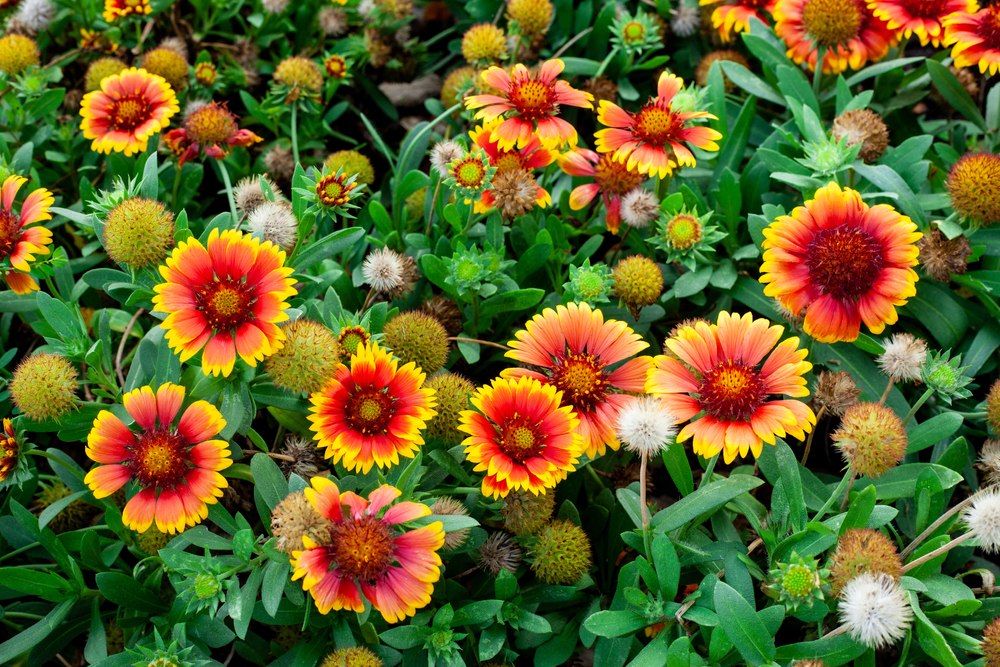
The Blanket Flower brings vibrant colors to any garden, even in poor soil conditions.
You’ll love its bright red, orange, and yellow petals which attract butterflies.
This hardy plant thrives in well-drained soil and requires minimal maintenance.
Perfect for garden enthusiasts looking to add some color without much effort.
Understanding Poor Soil Conditions
Poor soil conditions can affect plant growth significantly. Key areas to focus on are the factors that contribute to poor soil and the methods to test soil quality effectively.
Factors Contributing to Poor Soil
Several factors can lead to poor soil conditions. Low nutrient levels are a common issue, often due to soil that has been heavily cultivated or lacks organic matter. Soil texture is another critical factor—soils with too much sand or clay can inhibit plant growth.
Water drainage capabilities significantly affect soil quality. Poor drainage can lead to root rot, while overly fast drainage leads to nutrient loss. pH imbalance is also problematic; soil that’s too acidic or alkaline can make nutrients less available to your plants.
Testing Soil Quality
Testing soil quality provides essential information on how to improve it. You can purchase a soil testing kit or send a sample to a local agricultural extension office. These tests will give you data on nutrient levels, pH balance, and organic content.
Simple tests like the jar test for soil texture can also aid in understanding your soil’s composition. A proper test informs you about necessary amendments, enabling targeted improvements to your soil’s health.
Tips for Growing Plants in Poor Soil
Successfully growing plants in poor soil involves both amending the soil and choosing suitable plant varieties. Both strategies significantly improve your gardening outcomes.
Amending Soil for Better Growth
Improving poor soil begins with understanding its deficiencies. Common issues include lack of nutrients, poor drainage, and incorrect pH levels. Start by conducting a soil test to identify these problems.
Key amendments include:
- Composting: Adds essential nutrients and improves soil structure.
- Organic matter: Incorporate materials like leaf mold, manure, and straw to enhance fertility and moisture retention.
- pH adjustments: Lime raises pH for acidic soil, while sulfur lowers it for alkaline soil.
Other techniques include:
- Aeration: Regularly till or aerate the soil to improve air and water penetration.
- Mulching: Apply organic mulch to conserve moisture and regulate soil temperature.
Choosing the Right Plant Varieties
Selecting plants that thrive in poor soil is crucial. Look for varieties known for their hardiness and low nutrient requirements.
Ideal plant categories include:
- Native plants: Often well-adapted to local soil conditions.
- Drought-tolerant species: Such as succulents and certain grasses.
- Perennials: Like sedum, yarrow, and coneflower, which are resilient to poor soil environments.
Popular plants for poor soil:
- Lavender: Prefers dry, sandy soil and full sun.
- Black-eyed Susan: Tolerates various soil conditions and provides vibrant blooms.
- Daylily: Thrives in almost any soil type and requires minimal care.
By focusing on these strategies, you’ll create a garden that prospers despite challenging soil conditions.





